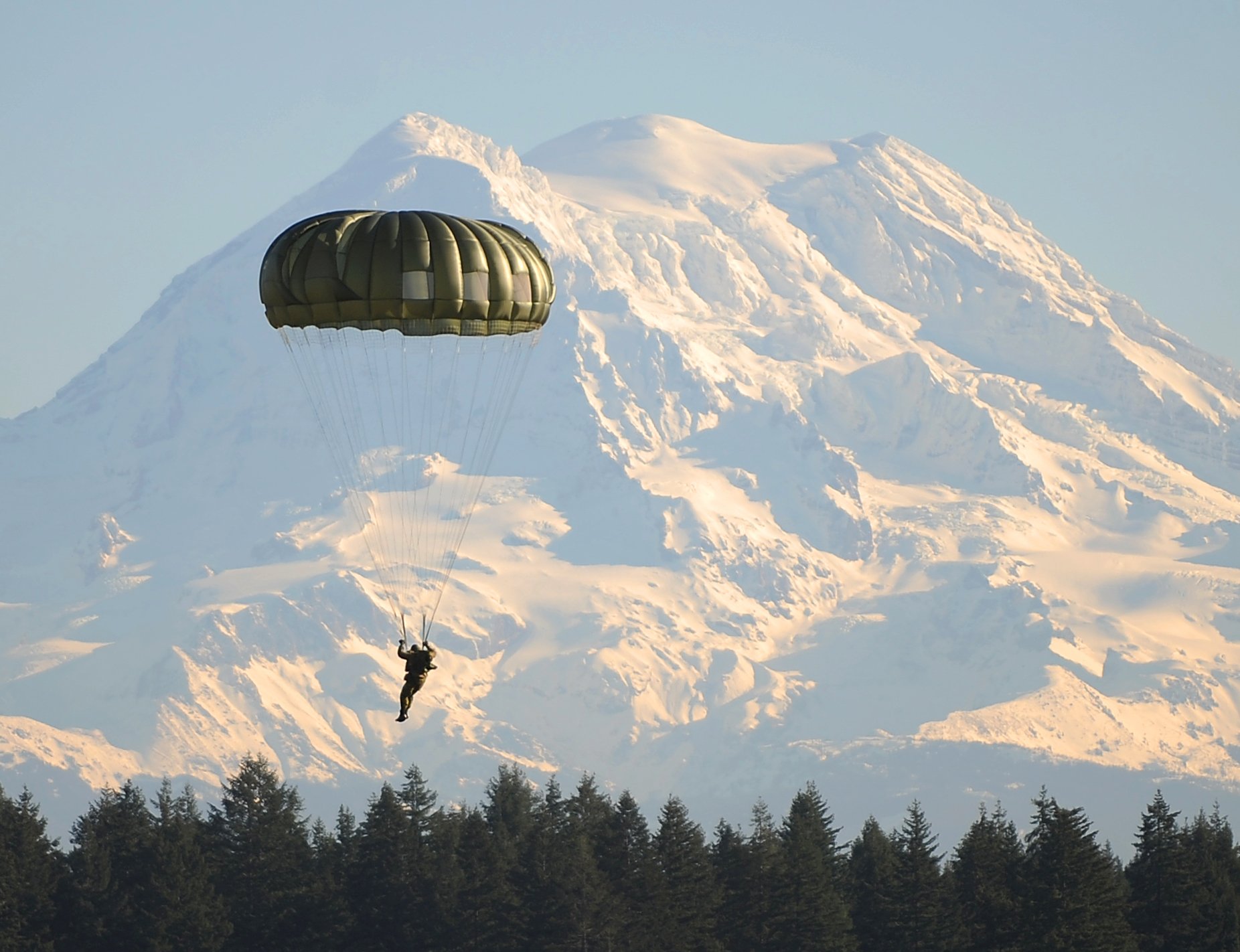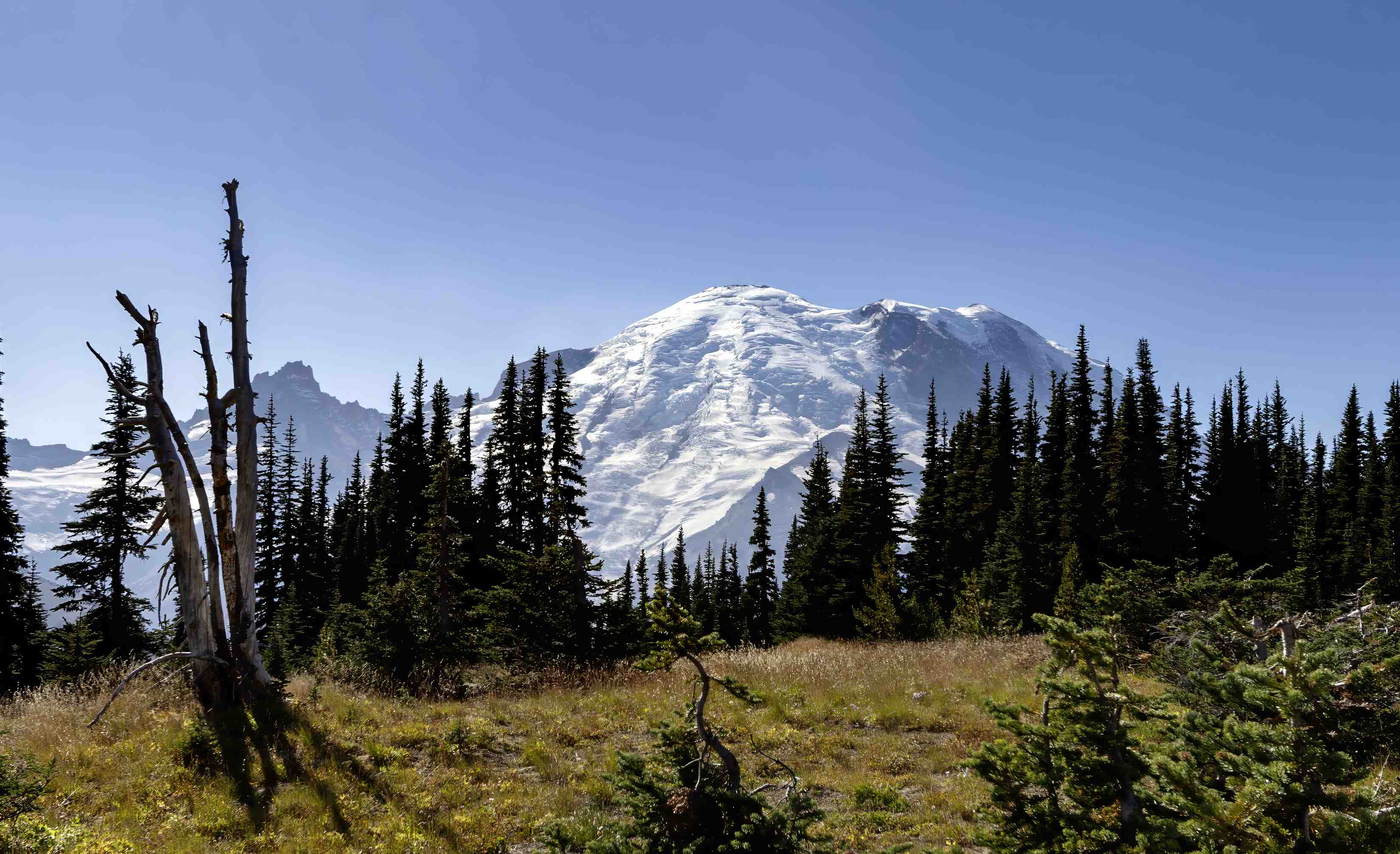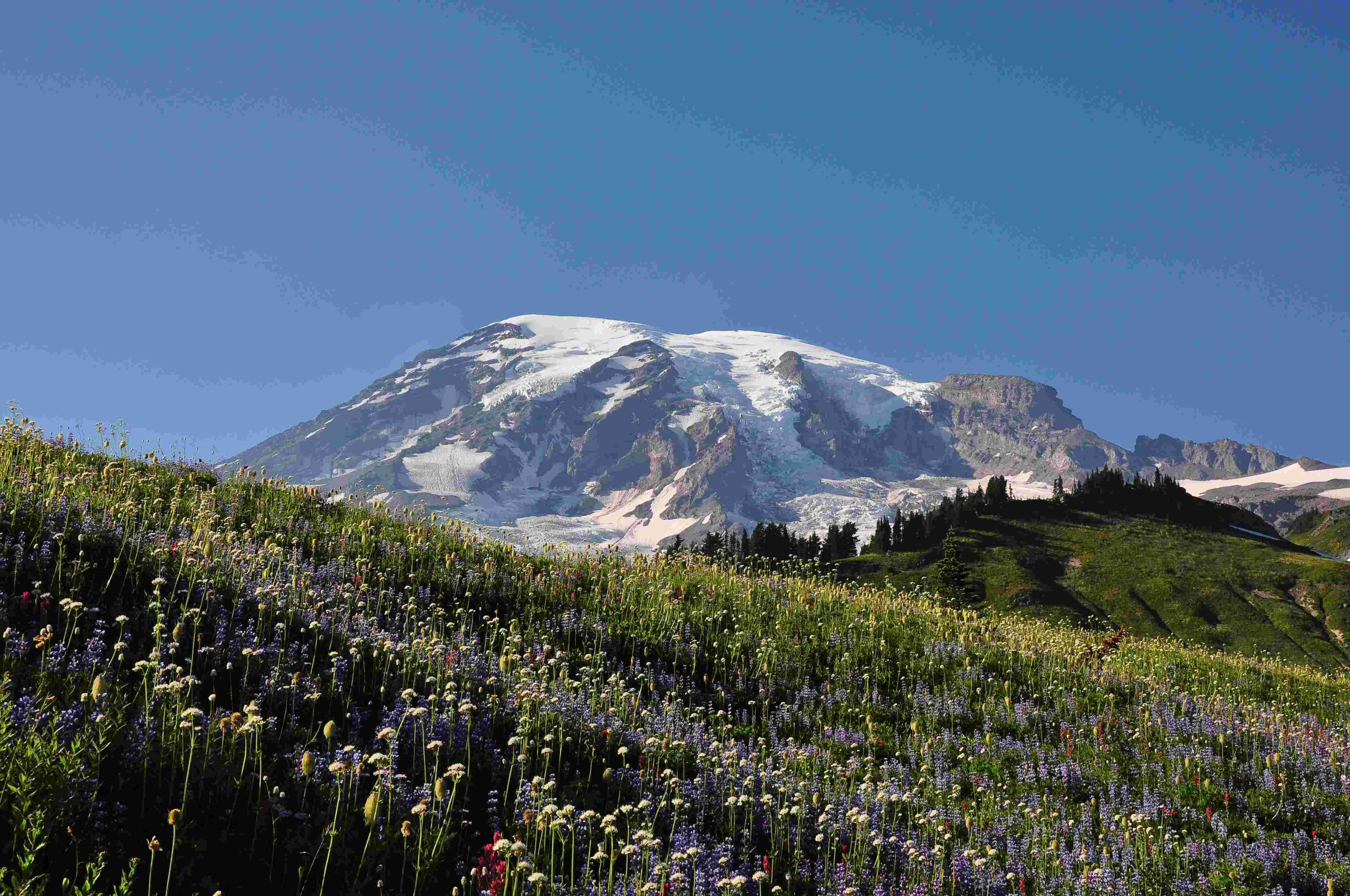Mount Rainier, a majestic but treacherous peak, sees numerous incidents of lost hikers each year. Between 1897 and 2017, 425 fatalities were recorded in Mount Rainier National Park. While summit climbers account for about 90 deaths, the majority are due to day hiking, driving, and other activities. Recent statistics show 77 deaths from 2007 to 2023, with falls being the leading cause. Out-of-state climbers are disproportionately represented in climbing fatalities, often due to less flexibility in adjusting climbing dates for optimal conditions.
What Are the Most Common Areas for Lost Hiker Incidents?

Lost hiker incidents on Mount Rainier frequently occur in several key areas:
- Liberty Ridge
- Disappointment Cleaver route (used by 64% of climbers)
- Paradise visitor center area (popular among day hikers)
- Lower elevation trails
These locations present unique challenges:
- Liberty Ridge: Known for its technical difficulty and exposure to severe weather.
- Disappointment Cleaver: High traffic increases the risk of accidents and disorientation.
- Paradise area: Deceptively easy access can lead unprepared hikers into dangerous situations.
- Lower trails: Sudden weather changes and hidden hazards like snow-covered crevasses pose risks.
How Long Do Rescue Operations Typically Last?

Rescue operations on Mount Rainier can vary significantly in duration:
- Average: 5 to 15 rescues per year above high camps
- Duration: From a few hours to several days
- Factors affecting duration:
- Weather conditions
- Remoteness of the incident location
- Severity of the situation
- Availability of resources
| Rescue Type | Average Duration | Influencing Factors |
|---|---|---|
| Day Hiker | 4-12 hours | Terrain, Weather |
| Climber | 1-3 days | Elevation, Access |
| Complex | 3-7 days | Multiple Victims, Extreme Conditions |
What Are the Protocols for Lost Hiker Rescues?
Mount Rainier National Park has established protocols for lost hiker rescues:
- Initial Report: Park rangers receive and assess the report of a lost hiker.
- Team Assembly: Search and rescue teams are mobilized, including:
- Park rangers
- Seattle Mountain Rescue Club members
- Military assets (when necessary)
- Equipment Deployment: Various tools are used in search operations:
- Helicopters for aerial surveys
- GPS devices for precise location tracking
- Dog teams for ground searches
- Search Execution: Teams conduct systematic searches based on last known location and probable routes.
- Rescue Operation: Once located, appropriate rescue methods are employed to safely extract the hiker.
How Do Weather Conditions Affect Rescue Response Times?
Weather plays a crucial role in rescue operations on Mount Rainier:
- Clear Conditions: Allow for quick deployment of aerial and ground teams.
- Severe Weather: Can significantly delay or halt rescue efforts.
- High winds may ground helicopters
- Heavy snowfall can obscure trails and make ground searches dangerous
- Extreme cold increases the urgency of rescue but also complicates operations
Rescue teams must constantly balance the need for swift action with the safety of rescuers.
What Are the Current Trail Conditions and Hazards?
Mount Rainier’s trails present various hazards that can lead to hikers becoming lost:
- Snow and Ice: Present year-round at higher elevations
- Rockslides: Common in areas with loose geological formations
- Sudden Weather Changes: Can disorient hikers and create dangerous conditions
- Hidden Crevasses: Snow-covered gaps in glaciers pose serious risks
- Rushing Streams: Meltwater can create dangerous water crossings
Recommended Safety Measures:
- Check current trail conditions before hiking
- Carry appropriate gear (warm clothing, navigation tools, emergency supplies)
- Inform someone of your hiking plans
- Stay on marked trails
- Be prepared to turn back if conditions worsen
What Amenities and Facilities Are Available for Hikers?
Mount Rainier National Park provides several amenities to support hikers:
- Parking Locations:
- Paradise visitor center
- Sunrise visitor center
-
Various trailheads throughout the park
-
Ranger Stations:
- Located at major visitor centers and key trailheads
-
Provide up-to-date information on trail conditions and safety
-
Emergency Contact Information:
- Park emergency number: 911
-
Non-emergency dispatch: (360) 569-6600
-
Regulations and Permits:
- Climbing permits required for summit attempts
- Wilderness camping permits for overnight stays in backcountry
How Can Hikers Best Prepare to Avoid Getting Lost?
To minimize the risk of becoming a lost hiker on Mount Rainier:
- Plan Thoroughly:
- Research your route
- Check weather forecasts
-
Inform others of your plans
-
Carry Essential Gear:
- Navigation tools (map, compass, GPS)
- Extra food and water
- Emergency shelter
- First aid kit
-
Signaling device (whistle, mirror)
-
Develop Skills:
- Practice navigation
- Learn basic wilderness first aid
-
Understand mountain weather patterns
-
Stay Alert:
- Monitor changing weather conditions
- Be aware of your surroundings
-
Keep track of landmarks
-
Know Your Limits:
- Choose trails appropriate for your skill level
- Be willing to turn back if conditions deteriorate
By following these guidelines, hikers can significantly reduce their risk of becoming lost and ensure a safer experience on Mount Rainier’s challenging terrain.

